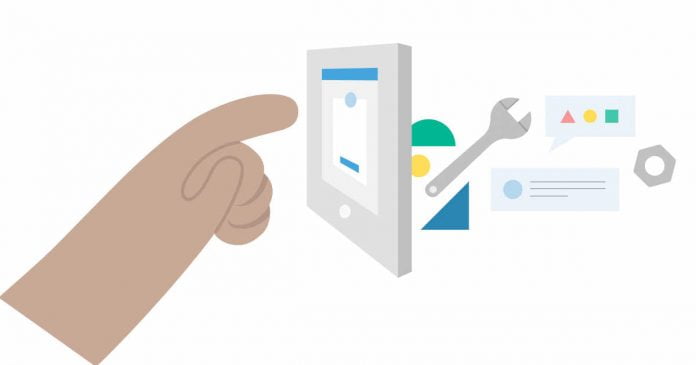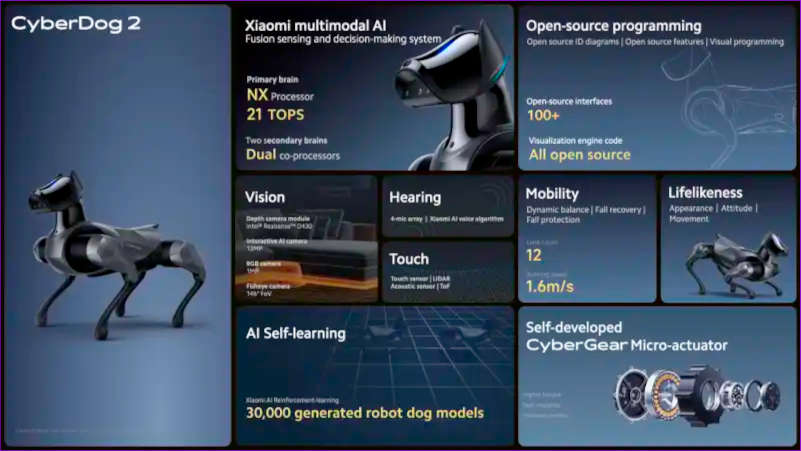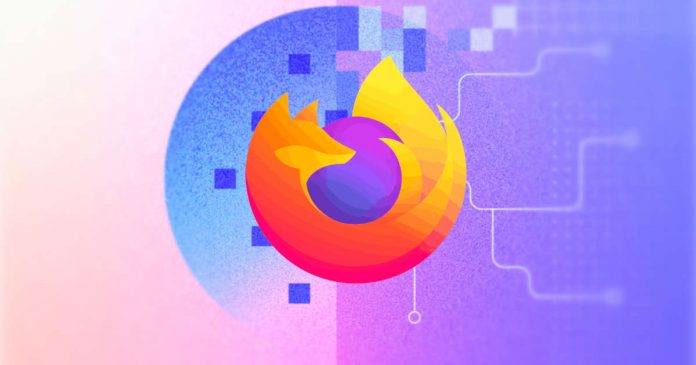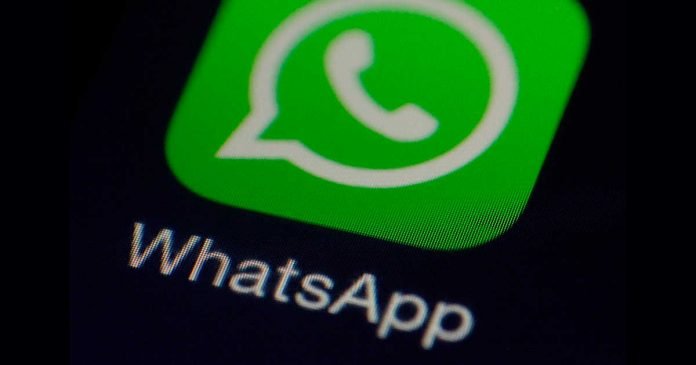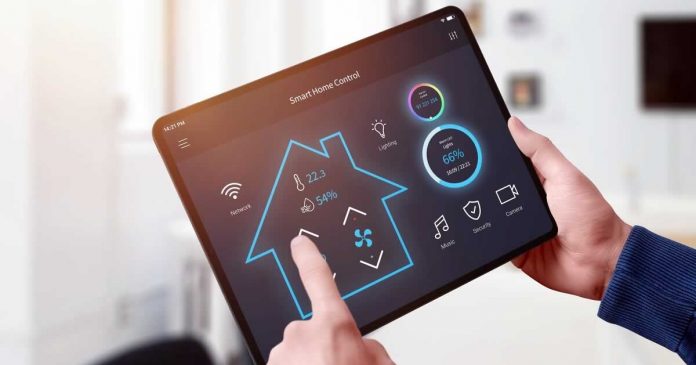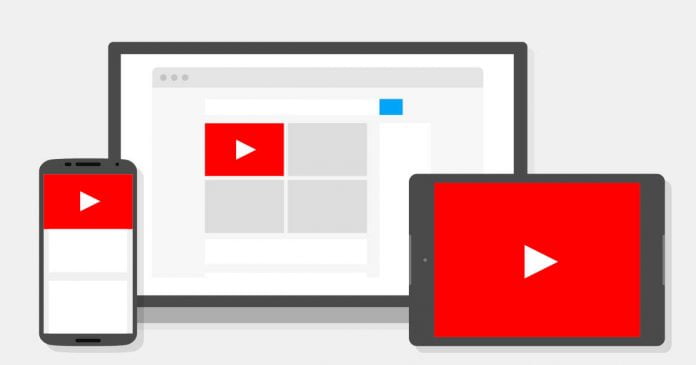Regular inventory counts help you manage your business more effectively. Knowing which items are being used and sold, and how often, enables you to keep the popular items in stock without having to tie up too much capital in unused inventory.
When you have good data regarding your inventory, you can meet customer demands without running out of products as often, and you’ll be well aware of which items to purchase in bulk.
You might never achieve 100% accuracy, or even 95%, but that’s not out of the normal range. Still, you’ll want to try to get as close to perfect accuracy as you can.
The average retail business reaches only 65% accuracy, so with a bit of effort, planning, and the right software, it’s entirely possible to do better than that. The more accurate your inventory counts are, the more your operation will benefit.
To move your inventory counts closer to on-target, try the following strategies.
1. Use cycle counts
In general, there are two basic ways to perform inventory counts: in full or partial cycles. If you’ve been relying on full counts every month to square things up, you could be neglecting one of the most helpful processes.
To do full counts, companies typically have to shut things down during business hours, and the process takes a long time to complete. Employees often regard inventory counts as monotonous.
The danger is they are more likely to estimate numbers or miscount when they get tired. This is exactly what you don’t want if your goal is total accuracy.
By contrast, cycled counts can reduce or eliminate disruptions to your operations, can be completed faster, and identify issues with inventory control swiftly. Periodic counts demand fewer resources to perform because you don’t need to shut everything down, pull employees away from tasks, work around customers, or pull all-nighters.
Workers are less likely to get burned out from counting and should document more accurate numbers.
Cycle counts will keep your business running
Many department stores use cycle counting to manage inventory on the floor and in the back room. It’s just too time-consuming and disruptive to attempt a full count at once.
However, they also perform full counts periodically by hiring professional inventory specialists. This usually happens overnight.
If you don’t sell directly to the public, inventory cycle counts will still help you keep operations smooth, whether you use your stock for internal processes or order fulfillment. For example, it’s common for fleet managers to use cycle counts for a quarter of their inventory each week.
By the end of the month, they’ve got a full count and operations remain undisturbed. Other companies have longer cycles of anywhere from four months to a year. The length of the cycle partly depends on how much stock must be counted.
2. Train your staff
The importance of proper training can’t be overstated. Employees do so many things that can lead to inaccurate inventory and it’s essential to prevent these from becoming habits. Some examples:
- Pulling items from the back room without scanning them out of a location
- Ringing up items as general merchandise when the label is missing
- Not ringing up items
- Scanning inventory into the wrong location in the back room
- Putting away inventory in the stockroom without scanning it in
- Stocking inventory in the wrong place on the shelves, which creates inaccurate cycle counts since the label scanned doesn’t match the product
- Zeroing out an item that appears to be out of stock, but there happen to be more behind other items
These are just some examples of how inventory accuracy can suffer negative impacts on a daily basis. The only solution is to train your employees to be thorough.
If they feel pressured to be lazy about inventory, find out why. If you can fix that issue, they’ll be more likely to follow procedure.
3. Use software
Manual management of inventory is not ideal, but a lot of people still use pen and paper. It’s one thing to write down numbers that get entered into a database, but manually tracking inventory can be too time-consuming to be efficient.
You might be able to get away with paper counts if you don’t have much stock, but you still won’t have access to automation. That can generate the data you need to streamline operations and confer the power to automatically reorder products based on a pre-set threshold.
If you haven’t switched to inventory software yet, don’t wait any longer if you want an advantage over your competition.
Prioritize inventory accuracy
Managing inventory is a task that becomes hugely complex in bigger companies. The more items you have to track, the more accuracy will matter.
Don’t settle for low numbers. Use the strategies outlined in this article and start improving your inventory accuracy today.



